Best Concrete Crafts Projects for Beginners
In this article, I have gathered a list of the best beginner projects, as well as the most important tips you’ll need to get started with your first concrete project.
If you are just getting your feet wet with concrete crafts and are ready to start your first project, it’s not always easy knowing where to start.
When deciding which projects would be easiest for beginners, I chose ones that didn’t contain multi-level steps and used easy-to-find, or easy-to-make molds.

Some of the tutorials have steps where pigments were added, but that step can be skipped if you prefer and you’ll still come out with a beautiful concrete crafts piece.
These beginner tutorial projects aren’t necessarily fail-proof, as most things aren’t, but they come pretty close.
Click here to be taken to the bottom of the page for our best beginner tips – you won’t want to miss. Or read on for the materials you’ll need and our list of the 10 best beginner concrete projects.
Some of the links on this page have been provided as a convenience for finding materials. These links may also be affiliate links. As an Amazon Associate I earn from qualifying purchases, at no extra cost to you.
I only recommend products I’ve used and loved, unless otherwise stated. Click here to read my full disclosure policy.
General Supplies For Concrete Crafts Projects For Beginners
- Bag of cement mix
- Plastic containers
- Plastic cup
- Disposable gloves
- Dust mask
- Safety glasses
- Sanding block (for rough edges)
- Cooking spray
The best material to use for if you want to repurpose your own molds is smooth plastic like plastic bottles or any disposable plastic container.
Smooth textured molds will result in a smooth finish. You can read more here about how to get smooth and shiny concrete surfaces.

If you are interested in adding color to any of the concrete projects that don’t already have them added, this article about concrete pigments may be beneficial.
Additionally, here is where you’ll find all my informational cement crafts tip articles here.
10 Best Concrete Crafts Projects For Beginners
How To Make A Colored Cement Planter in Pink!
Making concrete planters is always a good place to get your toe wet when starting out with concrete. This one was colored with concrete pigments, but could also have been colored with an acrylic paint mixed into the wet cement mixture.
You can check this article out for more in-depth, general information on making concrete planters.
DIY Magnetic Cement Planters
This is such an easy project, if there is a fail-proof one, then this really is it. You can skip using the magnets if you want, these do just great without them.
Once the soil is inside, they won't roll, the direction they point while curing is the direction they'll stay once potted.
Easy DIY Concrete Coasters With Leaves
Use a pre-made silicone mold to help make this coaster project an easy one. Use any type of leaf imprint, or use a plastic stencil to create a different type of design for this easy DIY.
Simple Colored Concrete Easter Bowl
Here's a simple concrete crafts project for a beginner. This colorful, sweet bowl was just a few quick steps.
Cement Balloon Planters
I know what you're thinking, how can this be an easy DIY project? It truly is, but it will be much easier if you can get that rapid setting cement I used. It made all the difference.
It's also got to be a smooth cement, so the balloon doesn't pop. This one's about getting the right consistency, but it does help that there's a video tutorial for this.
Cement Tealight Candle Holders
Here's another one that is only a few quick steps to make, and all you need is some sandwich bags!
Modern DIY Concrete Planter
If you like a modern look, this white concrete planter might be the perfect 1st time project for you. Believe it or not, this was actually my first concrete planter, and it cracked.
But.... I didn't have a tutorial to follow, so you're in good hands with this nicely, detailed tutorial.
Make Cement Plant Label Garden Stakes
This is a great beginner concrete crafts project. And it helps that you can use a candy making mold to use for the labels.
So if you're like me and you get mixed up easily with everything growing in the garden, then these will save you a lot of headaches.
Gorgeous Concrete Candle –Easy DIY
Well, it's hard to classify if this is a concrete candle holder or a concrete candle. Technically it's a concrete vessel containing candle wax, so I think both terms work. :0}
Yep, this is another easy cement crafts project, and just so much fun. A metallic paint will get you the cool metallic effects.
DIY Cement Ornaments
If it's getting close to the holidays then you have the perfect excuse for making these easy DIY christmas ornaments. You'll just need some mini cookie cutters and decorative wire.
Here are some other cool DIY concrete crafts you can look into making once you have a good grip on the basic techniques:
- Concrete bookends
- DIY concrete vases
- Concrete drawer pull
- Cement fridge magnets
- Concrete clock
- DIY concrete bowl
And larger DIY concrete projects like: - Bucket stool that doubles as a concrete side table
- Large planters
- Concrete coffee table
- Hypertufa trough planter
Three Beginner Tips That Will Help Make Your Concrete Crafts Project Turn Out a Success
The Importance of the Type of Concrete/Cement Mix You Use
FYI– I specify in each tutorial what the brand of mix I used and have linked to it for your reference. It will be in the materials list.
The concrete/cement mixes I use are smooth and easy to work with. This is helpful because they can get into small spaces easily. And the ones I use I have found to be resistant to cracking.
This article has info on being safe working with concrete.
Just note, I usually use a rapid setting mix which requires mixing and casting the mix somewhat quickly.
You can use cold water to slow down the working time, also known as setting time (about 20 minutes– which will be plenty of time for these projects).
The rapid setting mix I usually use also cures in about an hour. The cure time for most mixes will be about 24 hours.
If you can’t find the particular mix I’m using in your local area, then your next best bet will be using a portland cement and sand mix.
Each of these concrete projects listed below for beginners can be made using a ratio of 3:1 of portland cement to sand or a 2:1 ratio.
Portland cement is the most versatile concrete mix. The reason is because in addition to sand, it can also it can be combined with gravel for handling larger projects. It’s also widely available and can be found in most countries.
If you do use a different type of mix than what I have specified, then be sure to read the instructions on the label for how long the set time and cure time are.
Look for a mix that doesn’t contain gravel. Other than portland cement, most mixes in the US come premixed so you do not, and should not add sand. I have in depth information about cement to sand ratios here.
You can find more in depth information about general concrete mixes in this article.
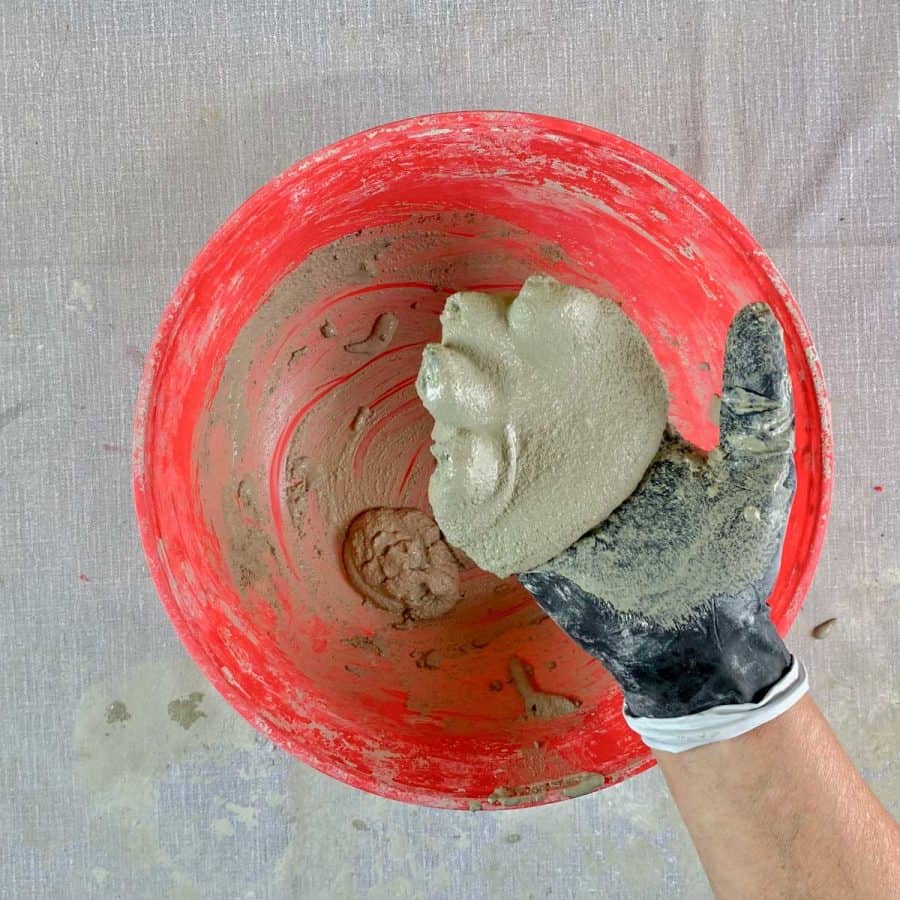
The Importance of the Having the Right Consistency of the Concrete Mixture
In each tutorial, I describe what the consistency of the mix should look/feel like.
Unfortunately, I cannot give you an exact measurement or ratio of how much concrete mix or how much water to use because this varies greatly based on humidity, temperature and type of mix.
It’s like baking, it’s the thickness of the “batter” that matters. So read what consistency I have written is needed in the tutorial directions, as well as have shown in the photo, and try to match that.
The Importance In Allowing For The Full Concrete Curing Time
Make sure, as mentioned above, to read the label for the time needed before you can remove the concrete from the mold. You must let the concrete cure for the amount of time specified by the manufacturer.
If you remove it early, you risk cracking the concrete. The longer it sits, the more strength it gains. You can read more about why concrete cracks.
Also, here’s a tip, when the concrete is curing, do not place it in the sun or where it’s windy. This will cause it to cure too quickly and the concrete will contract, thus cracking it.
Try to keep it somewhere that it can sit at room temperature (if possible).
Don’t forget to Pin it for later!


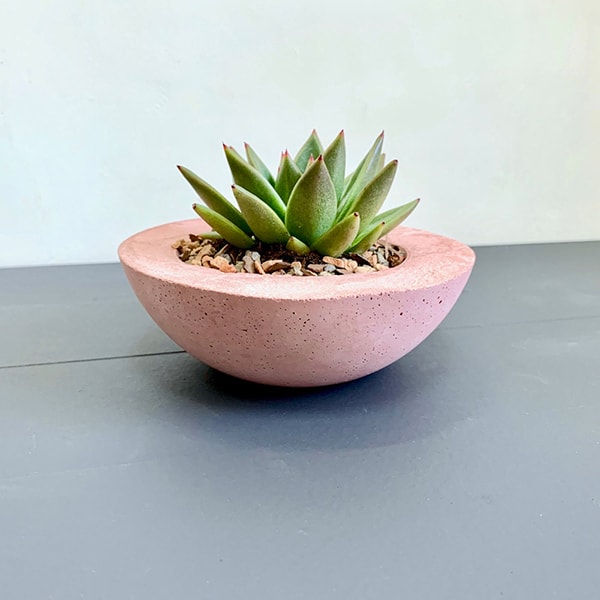
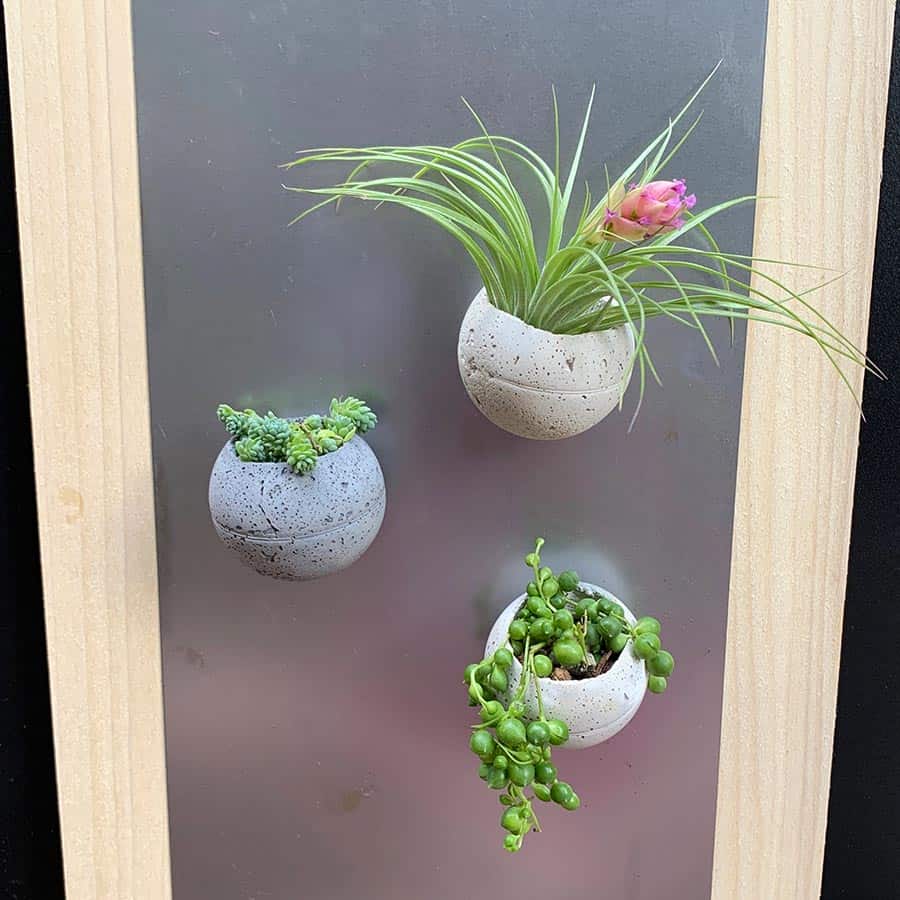
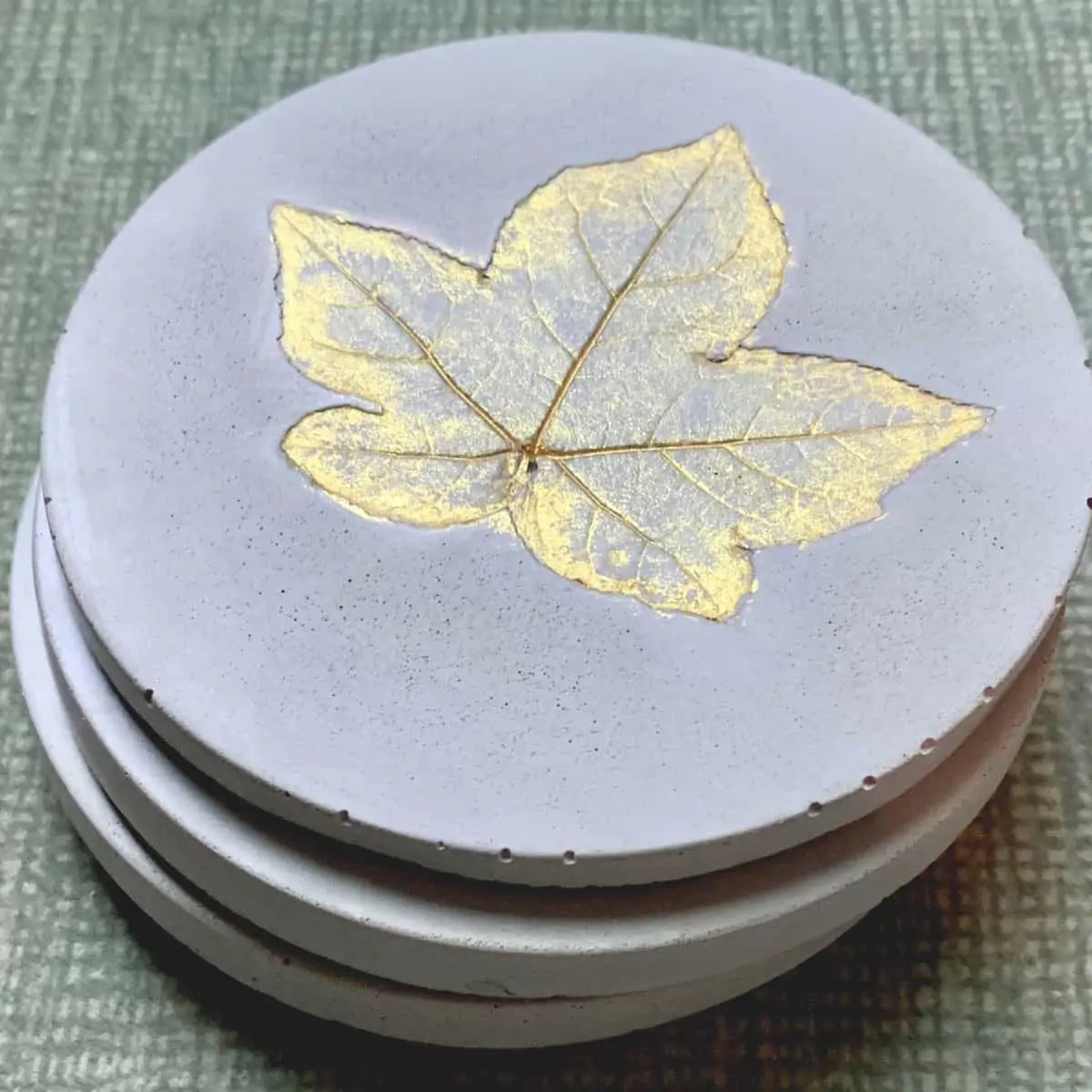

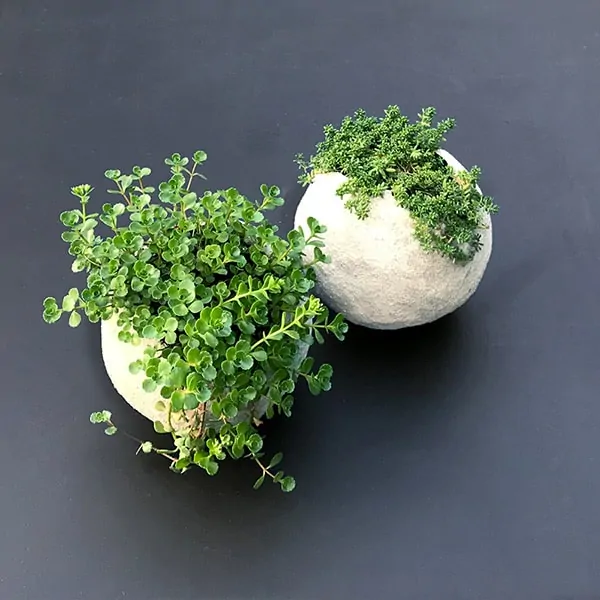
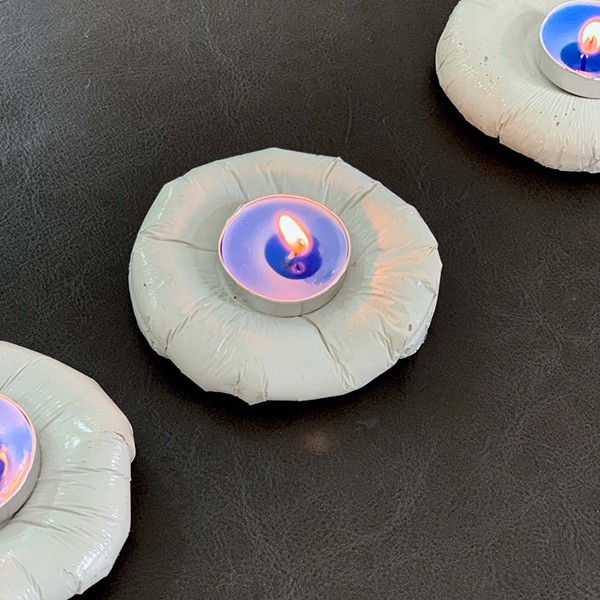


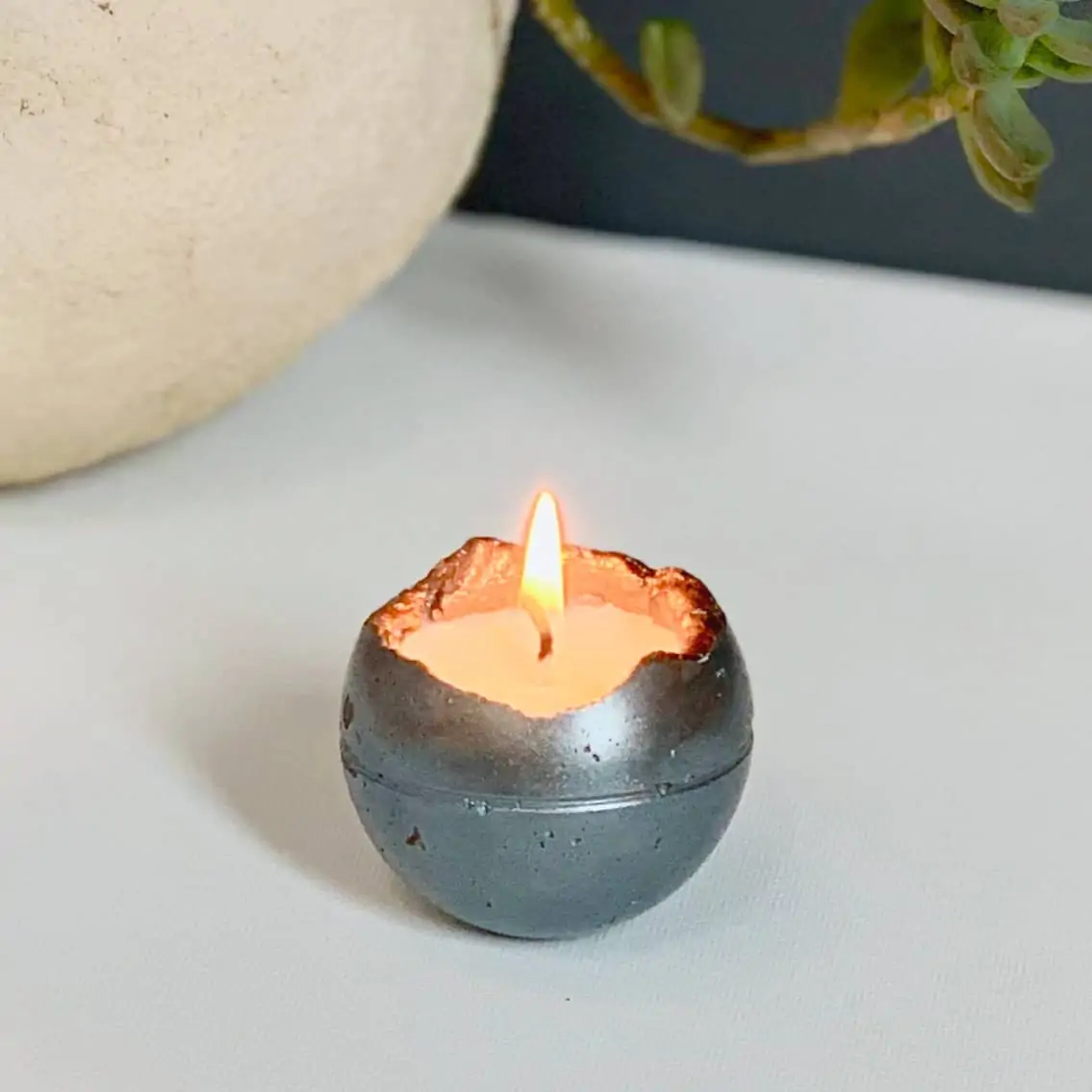






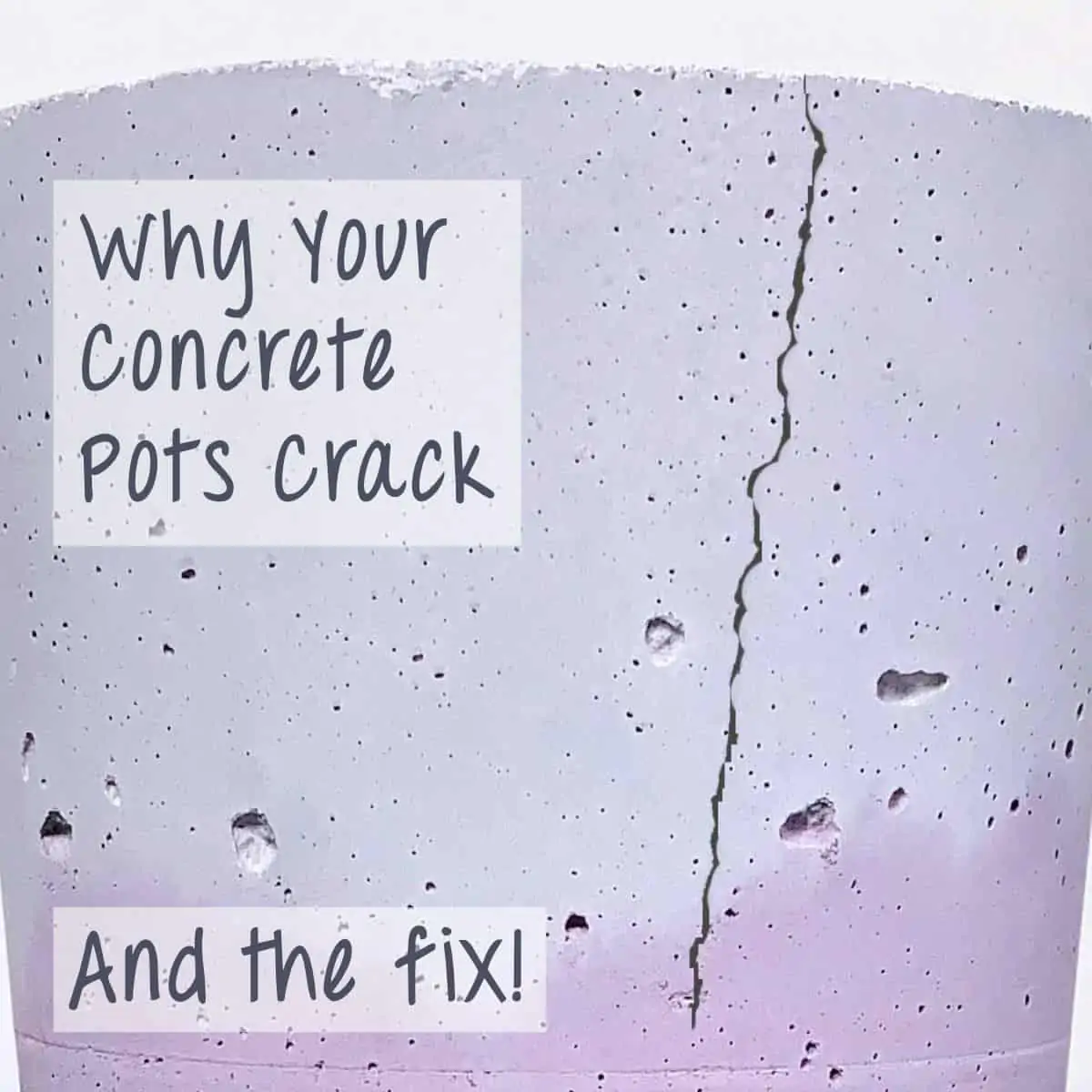

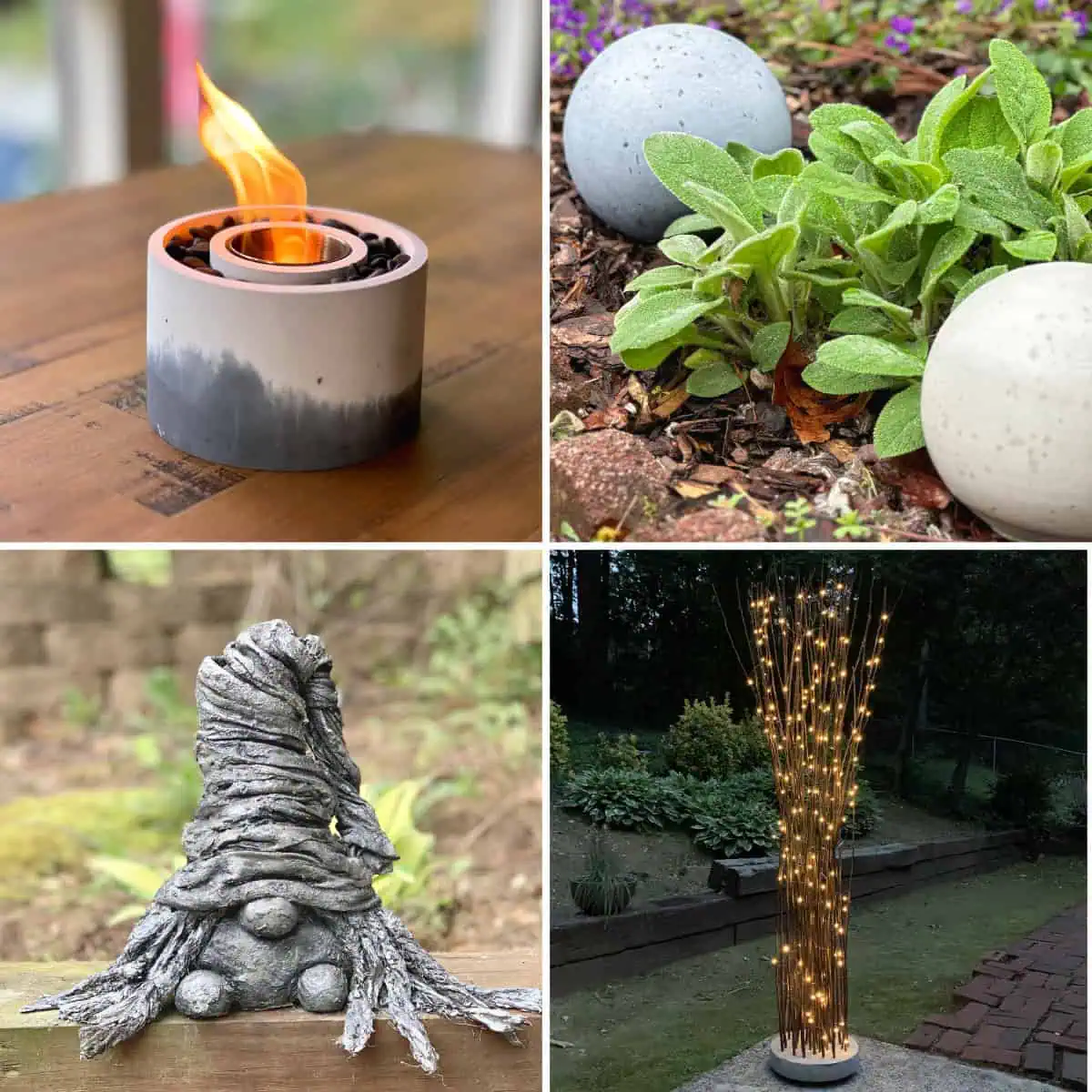
Hi, I’m fairly new to this craft. I’m wondering the best way to store an opened bag so I can still use it later.
Thanks in advance!
JoAnn
Hi JoAnn,
I use a 5 gallon bucket with an air tight lid. They sell the air tight lids at Home Depot, and probably Lowes. The lids will specifically say air-tight. The mix is usually good for about a year that way. If the mix is just in the bag that is rolled up tight, it may be last only about 6 months, but a lot depends on how much humidity you have. If you open a bag and can fit the mix with the bag into the bucket, that’s even better than pouring the bag into the bucket since it gives you double protection. I hope that helps.
Ellen